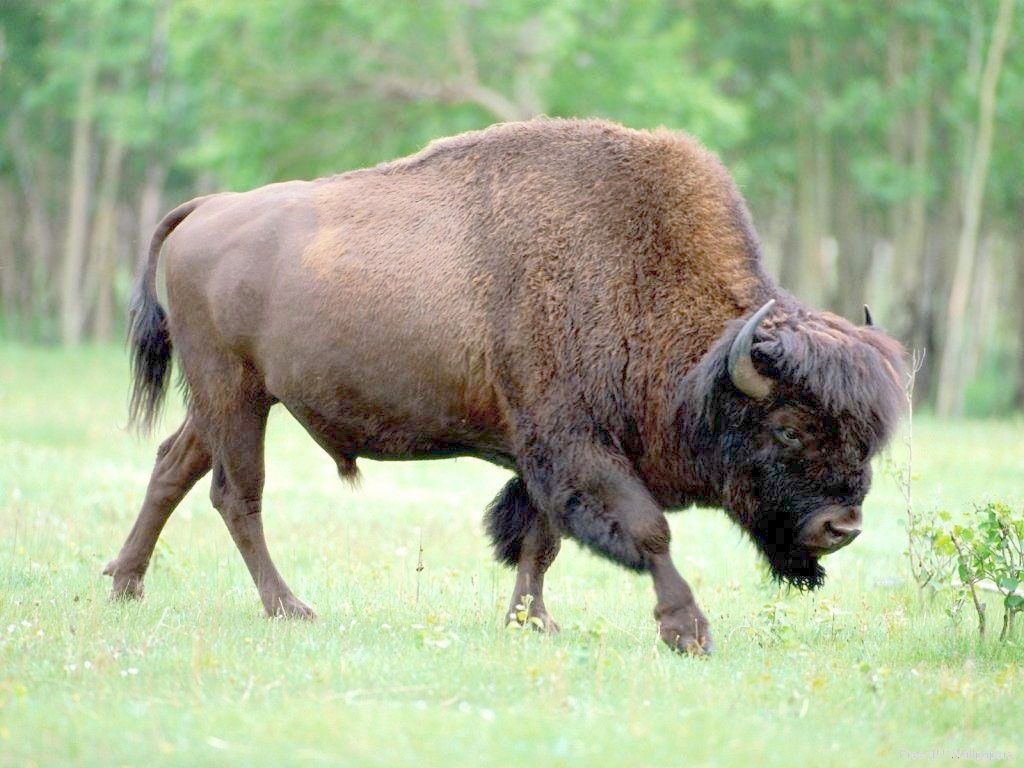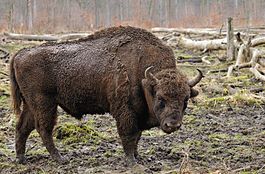Population, reproduction and migration of moose
Elk have been one of the most important fisheries since ancient times. In the post-glacial era, it became the basis of existence for Stone Age tribes on the vast territory of the taiga and part of the forest-steppe zone of Eurasia. Hunting cave sites and layers of ancient settlements are filled with broken elk bones. Many artifacts made of bone and elk antler were discovered in the Neolithic layers. Long and narrow bones were especially valued, from which they made daggers, harpoon and arrow tips. The number of skeletal remains of elk at Neolithic sites reflects the density of its population and the proportion of this animal in the hunting industry and diet of ancient tribes.
The elk attracted the attention of primitive artists of the Neolithic era, as well as shamans, and became a common tribal symbol - a totem. He was depicted on rocks, his figures were carved from bone and wood.
The degree of exploitation of moose populations increases even more in the Metal Age. According to ethnographer P.I. Tretyakov, the invention and widespread use of the iron ax marked a special stage in the development of elk populations in the forest zone. Only with the help of such a tool did it become possible to create fences, tree debris, tens of kilometers long, with passages for ungulates and, first of all, for moose. With the help of such fences, the native tribes of Siberia caught a huge number of wild animals, mainly moose. Based on archaeological excavations, it is possible to fairly well trace the proportion of elk meat in the diet of native tribes during the Bronze and Early Iron Ages in Eastern Europe.
The attitude towards elk as the main breadwinner has been preserved among the Siberian peoples from the Neolithic and Bronze Ages until the present day. A.P. Okladnikov wrote: ".. modern ethnographic data... leave no doubt that it was the elk that occupied a central place in the production cult of ancient hunters, in those beliefs and rituals that are associated with the very basis of their existence. All these beliefs and rituals are inevitable concentrated around the very real image of a moose, which in the minds of primitive man acquired completely different, supernatural dimensions.
Evenks and Yakuts still value elk meat 2.5 times more expensive than cattle meat.
One of the valuable products of the fishery was elk suede. In the European part of Russia, the decline in the range and number of moose began in the mid- to late 19th century and continued almost until the next century. During this time, the border of the range moved to the north. From the second half of the 19th century, the number of moose and their area of distribution began to increase. The resettlement and growth of the number of moose on the territory of Russia occurred unevenly. From the northern regions, where moose were quite common, they began to spread to neighboring provinces. A noticeable expansion of the range occurred at the turn of the 19th and 20th centuries, and then in the 50-70s of the 20th century. During this period, in a relatively short time, they settled throughout the forest-steppe zone and went deeper into the steppe and even semi-desert zones of the European part of Russia and Kazakhstan. By the beginning of the 80s, the southern border of the distribution of moose reached the shores of the Black and Azov Seas. Some animals went deep into the steppe Crimea. The settlement of moose also proceeded intensively to the north; they mastered the forest-tundra and penetrated far into the tundra, reaching in some places to the Arctic coast. In the tundra and a number of places they became sedentary animals, usually settling in valley forests and bushes.
The expansion of the area also occurred beyond the Ural ridge. Of particular interest is the settlement of moose on the Chukotka Peninsula. Extremely harsh living conditions did not delay the intensive movement of animals.
In 1977-1980, 37 animals were released in the Kamchatka River valley on the Kamchatka Peninsula. By now, they have developed lands in most of the basin of this river and, having crossed the Sredinny and Eastern ridges, populated the Okhotsk coast and the slopes of the Eastern ridge facing the Pacific Ocean. Elk are not found in the Kuril Islands and Sakhalin. In the 70s and 80s, individual animals were seen even near Astrakhan.
In 1962-1965, moose appeared in the Krasnodar and Stavropol territories. At first they were noted in lowland areas, mainly in floodplain forests, and in the mid-70s in the northern foothills of the Greater Caucasus.
In the forest zone, elk prefer lands with an abundance of deciduous trees, young pine trees and shrubs, mainly willows. The most typical habitats are old burnt areas, overgrown cutting areas, river floodplains, and in the mountain taiga - the upper boundaries of the forest. In the warm season, the presence of deep forest rivers, lakes or swamps with abundant aquatic vegetation is important.
Throughout the year, animals gravitate toward floodplains, thickets of bushes on the site of old clearings and burnt areas, and the outskirts of swamp areas. In summer, the most important habitats are also tall-grass shrub meadows, and in winter, forests with a developed undergrowth and undergrowth of deciduous trees.
Anthropogenic transformations of forest landscapes, if they are not accompanied by active persecution by humans, as a rule, increase the attractiveness of lands for elk, since the mosaic nature of the landscapes increases.
Throughout our era, moose hunting was very intensive in Eurasia. In the south of Europe: in Spain, Italy, France, the elk was exterminated or disappeared in Roman times. Due to the decline in numbers, hunting for them began to be limited in a number of countries. Around 1600, this animal disappeared from southern Germany, but survived until the beginning of the 19th century in East Prussia.
In Russia in the middle of the 19th century, according to A.A. Silantyev (1898), a little more than 3,500 moose were hunted per year. At the end of the 19th century, hunting for them was regulated by law in some places. Thus, in the state-owned forests of Grodno, Kazan, Kostroma, Olonetsk, Tver, Tula and Yaroslavl provinces, moose hunting was completely closed; in Voronezh, Tomsk, Yenisei and Irkutsk provinces, hunting on crust and using self-catchers was prohibited (Silantiev, 1898).
Information about elk hunting in Russia at the end of the 19th century is very contradictory: 2 - 2.5 thousand (Kulagin, 1932), 70 thousand (Soloviev, 1922), 300 thousand (Turkin, 1902). This information is not give an accurate idea of the number, but suggest that the moose was a common and widespread species.
In the following years, there was a general decrease in the number of moose. The probable production of animals at the beginning of the twentieth century throughout Russia did not exceed 10 thousand animals (Btsuturlin, 1932). After the October Revolution, elk hunting in the European part of the country and in some places in Siberia was prohibited. Planning for the procurement of meat from wild ungulates, including elk, was not planned in the country until 1930.
Starting in 1930, a plan for the procurement of ungulate meat was drawn up. According to official data, in Russia in the 40-50s, about 2000 tons of elk meat products were produced annually, in the 70s - 4000-5000 tons, in 1990 - about 10,000 tons.
In the 90s, in a number of regions of the European part of Russia, a decrease in the number of moose was observed for several reasons, including due to a drop in the level of reproduction and excessive elk harvesting, both official and poaching. Harvesting animals during the phase of population decline requires more careful planning of shooting rates than during the period of rapid growth, since even small overharvesting can negatively affect the condition of the population.
Elk deserve to be treated with care and must be preserved in all areas. It must live on the vast territory of our country in such numbers as to ensure both effective hunting and its normal coexistence with forest vegetation.



No comments here yet.